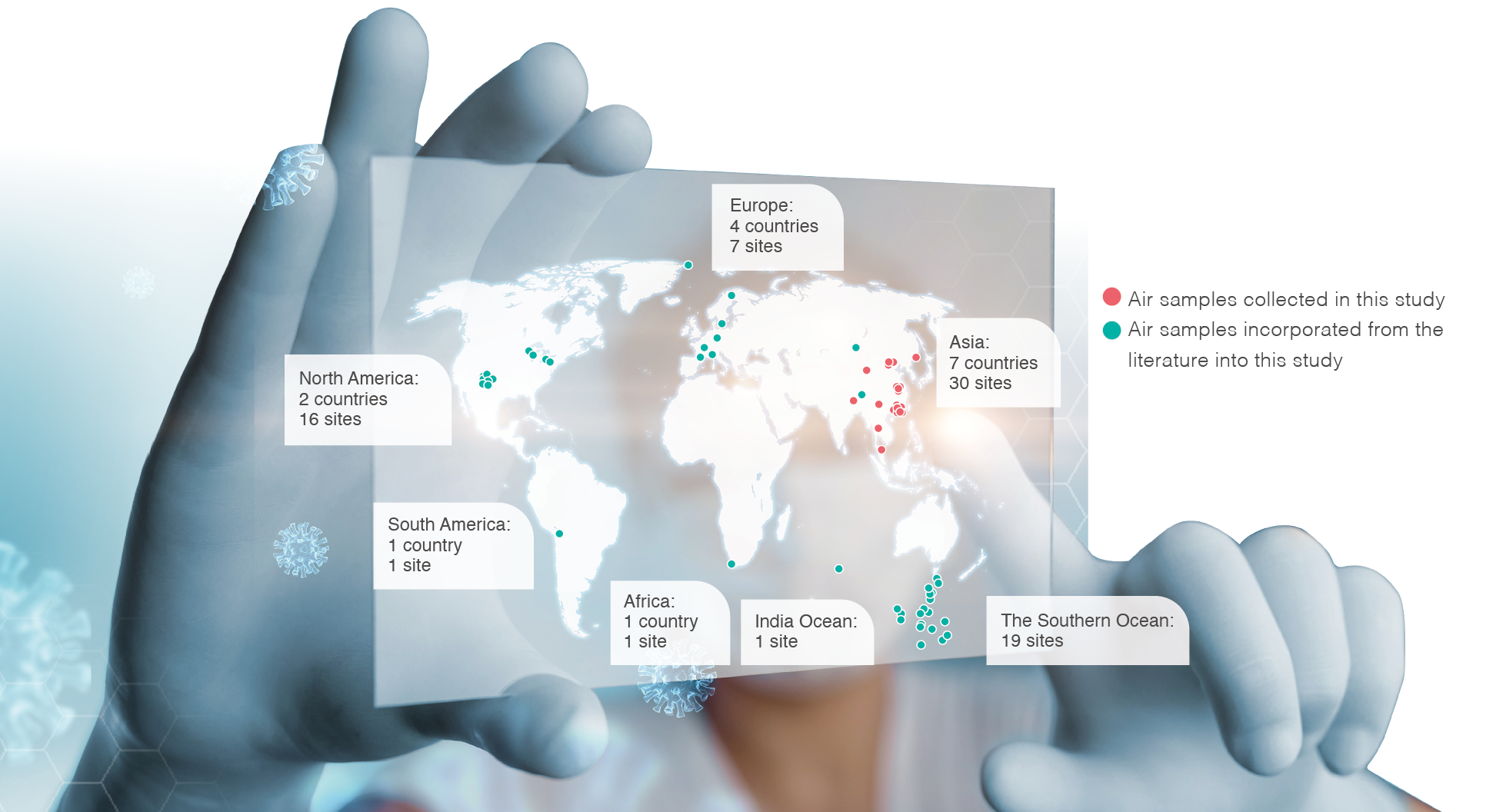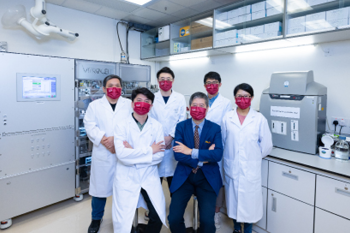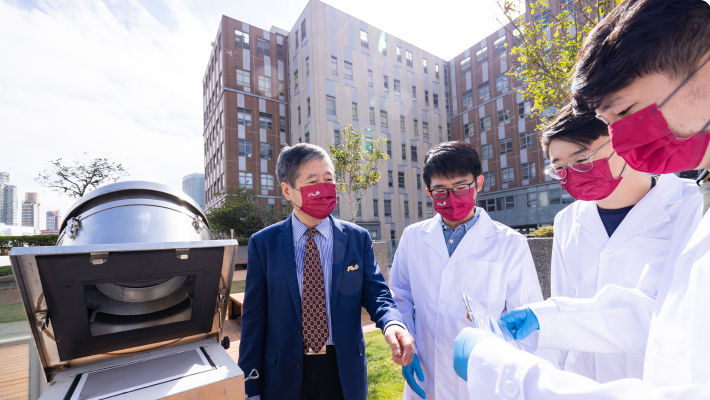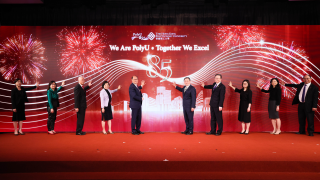PolyU researchers compile the world's first 'atlas' of airborne microbes
A PolyU-led research team has spent nearly a decade compiling a comprehensive map of the world’s airborne microbes to understand the community structure and biogeographic distribution patterns of the microorganism.
Professor Li Xiangdong, Dean of Faculty of Construction and Environment, Director of the Research Institute for Sustainable Urban Development, and Chair Professor of Environmental Science and Technology, and his research team collaborated with researchers in the Mainland and US to analyse the bacterial communities of 370 individual air samples. These samples were collected from 63 sites around the world to achieve diverse coverage in terms of altitudes and geographic regions. The research team combined their analysis with the most accurate global data collected in past studies to draw up a comprehensive atlas of global airborne bacteria.

Locations across the globe from which air samples and environmental data were collected.
The Impact of human activity on airborne bacterial communities
The study uncovered some interesting findings about airborne bacterial communities. Firstly, genetic analysis by the team showed that although air is a free-flowing medium without internal boundaries, the core bacterial communities were distinctly localised and stable, unlike those in marine or soil environments.
Secondly, in terms of geographical distribution, the diversity of microbes increases as you move away from the equator, peaking at the middle latitudes, before falling away again. While this pattern was already well-established for terrestrial and aquatic microorganisms, the study showed it was the same for airborne ones.
Thirdly, the researchers also found that human activities have changed the structure of microbiomes in ambient air. This change was likely the result of activities such as industrialisation disrupts natural environments and impacts air quality, weakening the environment’s ‘filter’ effect on microbial structures.

Prof. Li Xiangdong and his research team
Professor Li said: “Having experienced the pandemic for three years, people now pay more attention to this invisible but influential microbial community.”
The study provides fresh insights and a theoretical basis for predicting dynamic variations in airborne bacteria in relationship to environmental changes, air pollution, and other human activities at regional or global levels.
Major Findings:
1. | Approximately half of the airborne bacteria originate from surrounding environments and are mainly influenced by local meteorological and air quality conditions |
2. | Significant anthropogenic impacts on airborne bacteria communities |
3. | In urban areas, an increasing proportion of airborne bacteria consists of potential pathogens from human-related sources |
4. | The potential of airborne microbiomes to affect human health through inhalation |






